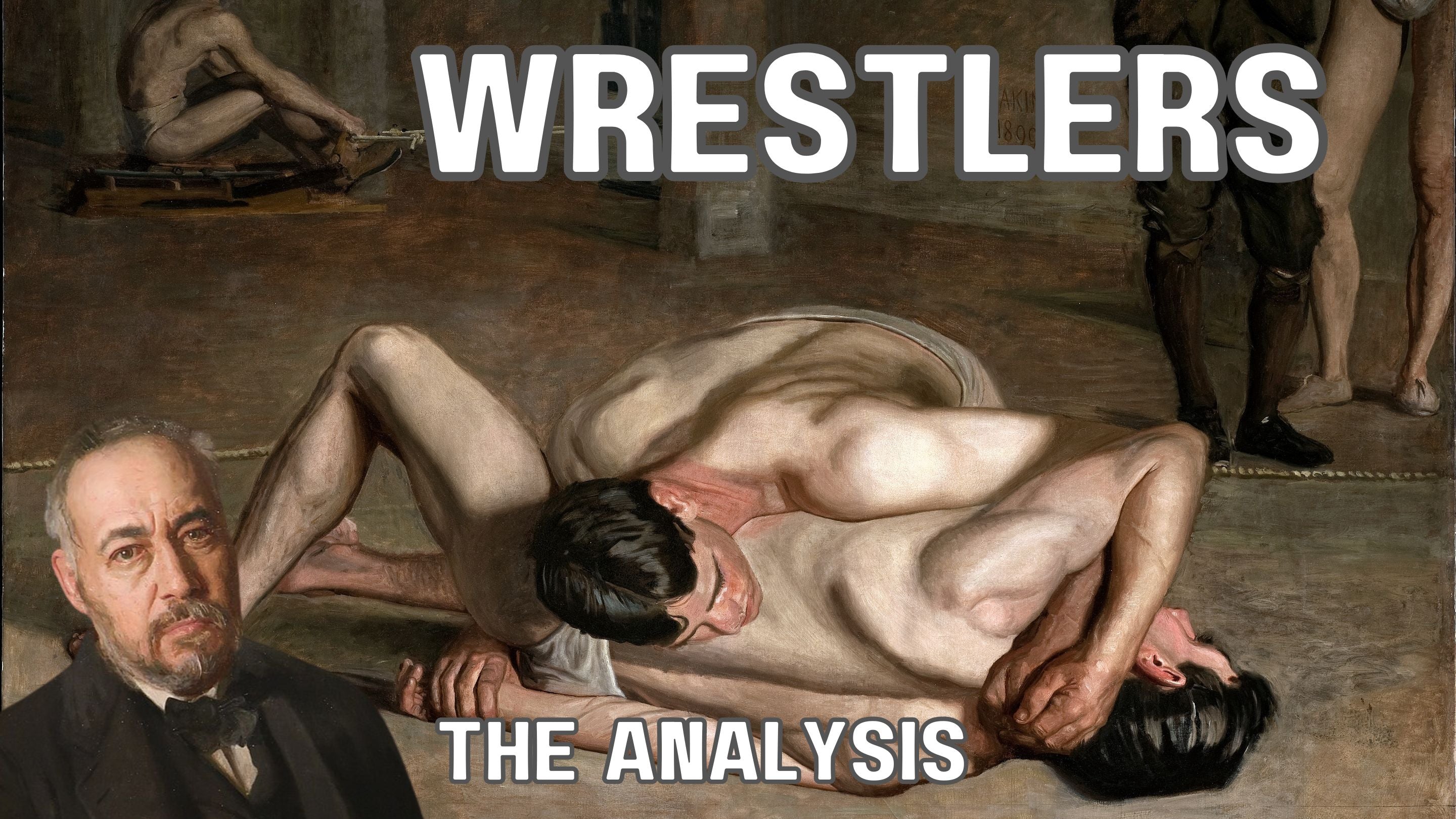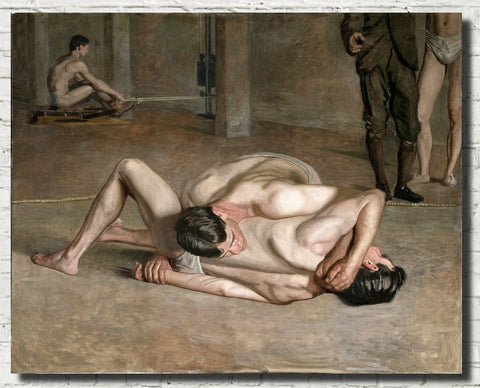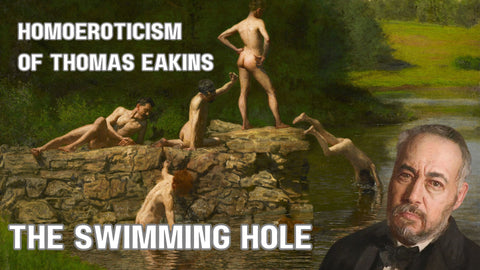Table of Contents:[hide]
Art has a profound ability to capture the essence of human expression and movement, and Thomas Eakins' Wrestlers series is no exception. In this article, we will delve into the history, significance, and provenances of these remarkable paintings that showcase the beauty and intensity of a wrestling match.
History of the Wrestlers Series
Thomas Eakins, a prominent American artist, created the Wrestlers series in 1899, consisting of three closely related paintings – Goodrich catalog* #317, #318, and #319. The finished painting (G-317) is housed at the Los Angeles County Museum of Art (LACMA), while the oil sketch (G-318) is also in LACMA's collection. The Philadelphia Museum of Art (PMA) owns a slightly smaller unfinished version (G-319). All three pieces depict two nearly naked men engaged in a wrestling match, set against the backdrop of the Quaker City Barge Club in Philadelphia's Boathouse Row.
The Creation Process
On May 22, 1899, Eakins had two wrestlers pose in his studio, initiating the creation of this iconic series. The artist collaborated with sportswriter Clarence Cranmer for advice on positions and other details. The works were painted from live models and a photograph taken on the same day, revealing the dynamic and intense nature of a wrestling match.
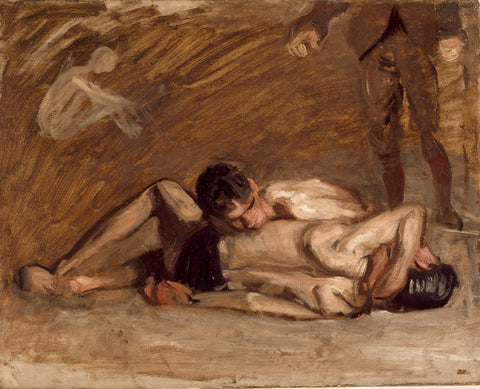
G-318. Oil sketch for Wrestlers (1899
Comparisons and Analysis
Eakins' Wrestlers have been compared to other works, such as George Luks' The Wrestlers (1905) and Max Slevogt's Wrestling School (1893). These paintings all depict pairs of nude wrestling men in grappling holds, showcasing a thematic exploration of physicality and human connection.
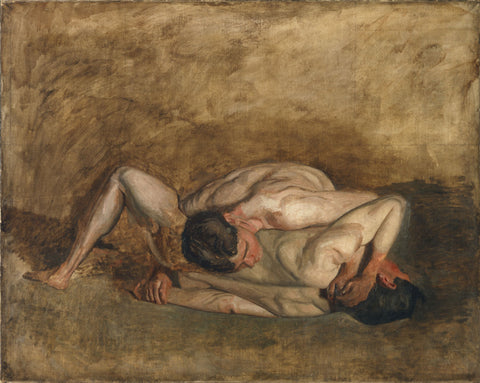
G-319. Unfinished version of Wrestlers (1899)
Provenances and Journey
The provenances of Eakins' Wrestlers add another layer to their story. G-317 was initially painted for the National Academy Museum in New York in 1902 and later found its way to LACMA. G-318, the oil sketch, was acquired from a touring exhibition by the Columbus Museum of Art in Ohio. G-319, the unfinished version, had a winding journey from the Sesquicentennial Exposition in 1926 to its current home at the Philadelphia Museum of Art.
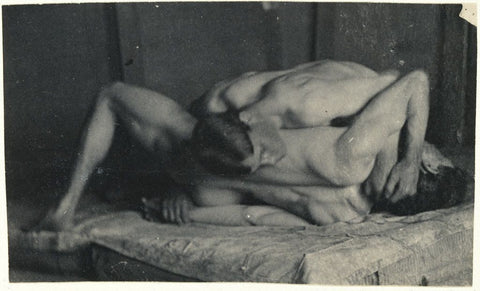
Photograph of wrestlers, attributed to Eakins (possibly May 22, 1899)
Conclusion
Thomas Eakins' Wrestlers series is a testament to the artist's ability to capture the essence of physicality and emotion in art. The paintings not only showcase the beauty of wrestling as a sport but also serve as a window into the artistic process and historical context of their creation.
Related Articles
The Swimming Hole
Thomas Eakins - Artist Profile
References
* Lloyd Goodrich was an American art historian. He wrote extensively on American artists, including Edward Hopper, Thomas Eakins, Winslow Homer, Raphael Soyer and Reginald Marsh. He was associated with the Whitney Museum of American Art in New York City for many years.

